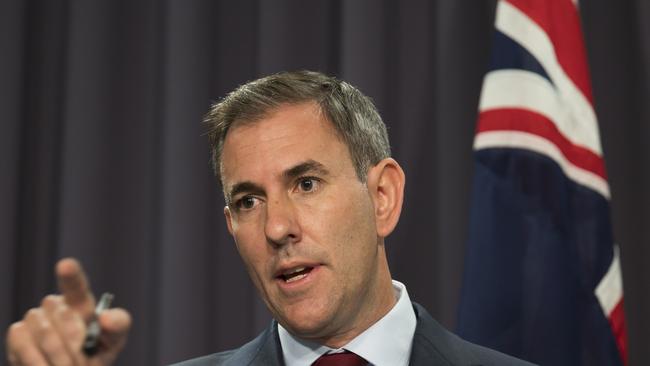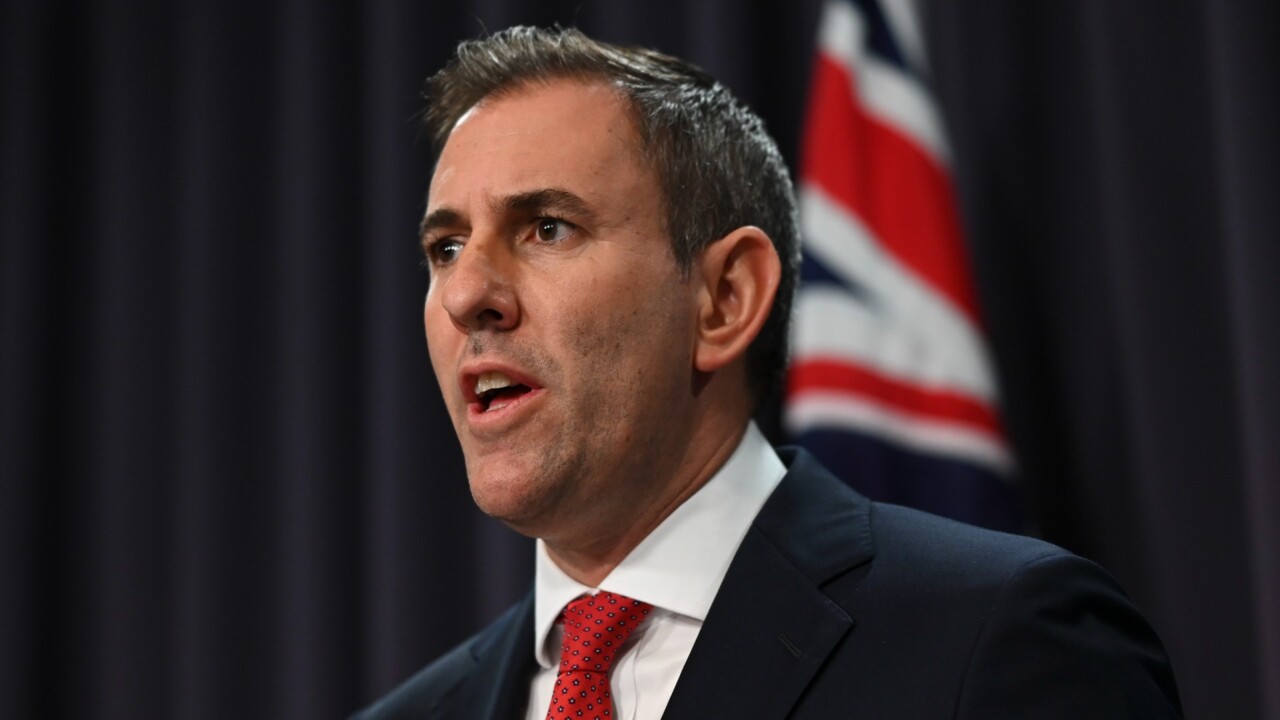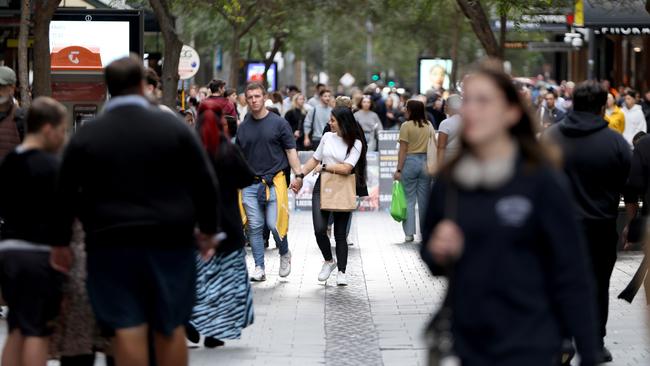Chalmers backs billions in state spending amid rate hike fears
Jim Chalmers says the federal budget will place a ‘premium on responsibility and restraint’, even as analysis suggests the government committed to $21bn in extra spending since December.

Jim Chalmers has backed the decision of Labor states to pour billions of dollars into their economies ahead of a federal budget he has insisted will place a “premium on responsibility and restraint”, even as new analysis suggests the Albanese government has committed to $21bn in extra spending since December.
Westpac senior economist Pat Bustamente said the extra federal money would be spread over five years, but that “this year the windfalls from variations will be smaller, meaning the government is spending a larger share of the windfall”.
“We expect the government will use more than half of the total windfalls to fund policy, compared with just 14 per cent last budget,” Mr Bustamente said.
The extra commonwealth fiscal largesse comes on top major new state spending announcements, including a $2.5bn electricity bill relief package from Queensland; a $300m “cash for kids” scheme in Victoria accompanied by even larger deficits; and Western Australia’s $400 electricity credit program which is part of an extra $3.5bn in spending in 2024-25.

UBS chief economist George Tharenou estimated that new fiscal stimulus at the federal and state levels would approach $50bn over the coming four years, or about 2 per cent as a share of the economy. This was “far above” his previous estimate of 1 per cent of real GDP, Mr Tharenou said.
But Dr Chalmers on Friday said he was “not especially” worried that profligate state budgets would drive up inflation at a time when the Reserve Bank has said rate hikes are now back on the agenda.
“That cost-of-living relief that the various state governments have announced will be welcomed by the people that we jointly represent, and is welcomed by us,” he said.
After trumpeting a new economic “orthodoxy” that underpins Labor’s interventionist and big-spending Future Made in Australia policy, the Treasurer said its critics – including former heads of the Productivity Commission and the nation’s leading economists – needed to “recognise the world has changed”.
“The economic orthodoxy of the mid-1980s is not necessarily the right economic orthodoxy for the mid-2020s,” Dr Chalmers said in Parliament House on Friday as he was putting the finishing touches on the Albanese’s government’s third budget.

“What we’re contemplating here is not in any way, not for one second, a repudiation of the past – it’s recognition that as the economy changes and the world changes … the orthodoxy needs to change as well,” he said.
“And the sorts of things that we’re talking about are not out of place in the investor circles I move in, global and domestic, or in the context of my colleagues and counterparts around the world.”
As Labor attempts to sell a vision of a new era of Australian economic growth, research by the Institute of Public Affairs reveals that the average Australian is $14,700 poorer as a result of eight straight years of below-trend growth in real GDP per capita.
IPA senior fellow Kevin You, who wrote the report, said the per capita measure gave a better insight into living standards as it accounted for changes in the size of the population.
The sub-par improvements in living standards come as the economy has become hooked on increasing population to drive growth. In the 1990s, a growing population accounted for only one third of total economic growth.
By the 2010s, that share had flipped, with population increases accounting for two thirds of economic growth, Dr You’s analysis shows.
Recent history shows population growth has prevented the nation collapsing into recession in 2023.
Real GDP in per capita terms dropped by 1 per cent last year, according to figures from the Australian Bureau of Statistics.
Outside the pandemic, this was the worst performance since the early 1990s recession.






To join the conversation, please log in. Don't have an account? Register
Join the conversation, you are commenting as Logout